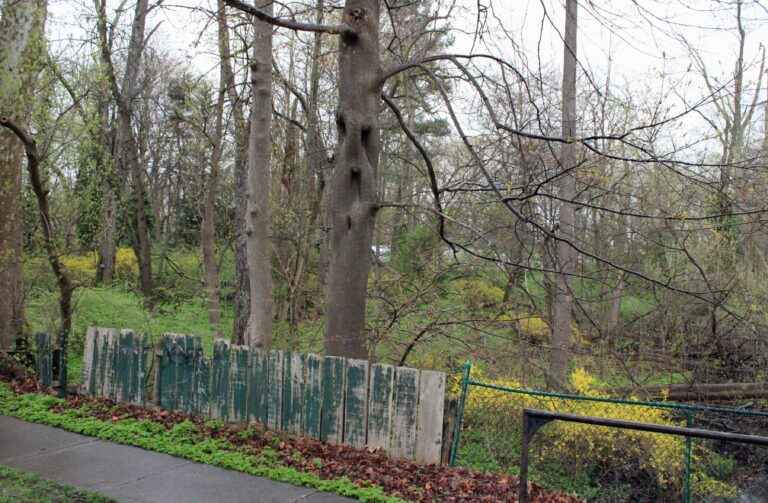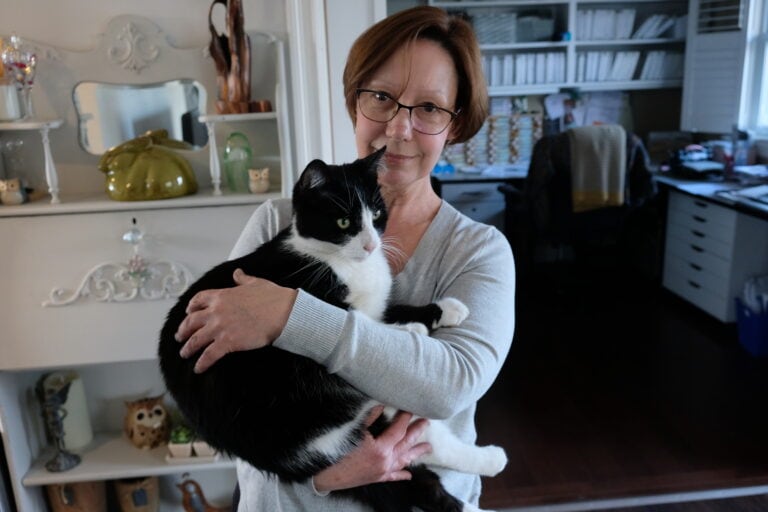Sarah Kaufman
Special to The Lake Report
Prior to the 1920s, Niagara-on-the-Lake did not have a proper hospital.
During the Spanish Influenza pandemic of 1918, an emergency hospital was opened at a private residence owned by an American named William G. Gray of Connecticut.
The house, at 83 Gage St., was likely a summer residence for his family but at the time of the Spanish Flu outbreak they had moved to England and it was left vacant.
It was used by Dr. Rigg and several volunteer staff to treat the sick until the Spanish Flu had passed. Following the First World War, each community received a certain amount of funding from the leftover wartime fundraising of Victory Bonds.
There was a lot of debate in Niagara-on-the-Lake about what the community should do with this money. There was obviously a strong case for a new hospital as the Spanish Flu had demonstrated to the community, and to many communities in Canada, the need for a proper medical facilities.
It was obvious to many Canadians in 1919 that the state of health services in Canada was in need of serious upgrades. The funding ended up going toward the memorial clock tower and cenotaph on Queen Street, which commemorated the men, mostly local although some not, who died in the war.
In 1920, after a considerable fundraising drive, 175 Queen St. became the site for the local Niagara Cottage Hospital.
Its last resident was Dr. Hedley L. Anderson, who was one of the town’s leading physicians. At the time of its opening, the new hospital had six small wards.
A baby was delivered on its opening night, perceived by some as a good omen. The building served in this capacity until the hospital on Wellington Street opened in 1951.
Sarah Kaufman is managing director/curator of the Niagara-on-the-Lake Museum.



_copy.jpg)






